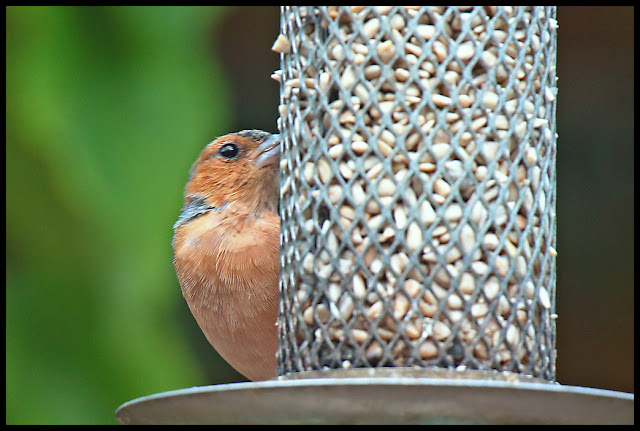I took a trip early on a Sunday morning to check out Hengistbury Head, Dorset. I don't know how come, but I'd never been there before even though it's so near. The headland stands over Christchurch Harbour and is home to a variety of wildlife. It is managed by Bournemouth Borough Council as a park. There's a massive car park (pay and park every day of the year - it is Bournemouth!) and facilities. A large new visitor centre is under construction. At the eastern end at sea-level, a sand spit (Mudeford Sandspit) runs to the entrance of Christchurch Harbour and effectively narrows the entrance to a very narrow, shifting channel called The Run. A ferry runs between the spit and Mudeford Village.
 |
| Christchurch Priory (from car park level) |
 |
| Christchurch Priory (from the slopes of the headland) |
 |
| Christchurch Priory (from Mudeford Sandspit) |
 |
| Solent Beach (looking back to Southbourne and the curve towards central Bournemouth) |
 |
| The Needles (IoW) through clearing mist |
 |
| Mudeford and the entrance to Christchurch Harbour |
This is where the river Stour that passes through Gillingham flows into the English Channel. It's 63 miles from its source at Stourhead, Wiltshire. The (Salisbury) Avon also flows into Christchurch Harbour before entering the Channel through The Run.
 |
| Crow |
 |
| House Sparrow (on the beach) |
 |
| Moulting Stonechat |
Mudeford Sandspit is densely covered with beach huts. One side faces the beautiful Christchurch Harbour and the other side faces The Solent with stunning views of The Needles and the English Channel. It boasts a beach-café (with table service!) that is closed only from Christmas Eve to New Year.
History was made in 2012 when one of the beach huts measuring 18' x 10' sold for
£170,000. It sleeps up to 6 people. It has no running water and is a 30 minute walk from the car park if the land-train for tourists is not running. (The only
petit train I've ever seen that has baggage trucks.) Accessibility is also possible via the Mudeford ferry (if it's running). The area is motor-vehicle free apart from some service vehicles. Substantial public toilet and shower blocks are at regular intervals along the spit.
Here's a picture of the said beach hut.

But, wait for it! The record was broken this summer when this next beach hut changed hands.

It was sold for a reported
£180,000 within days of going on the market this summer
.
Beach hut owners at Mudeford are allowed to sleep there, which is not the case in other parts of the Dorset coast, but holiday-makers wanting to spend a penny have to head along the seafront to the nearest public WC.
Despite the lack of water, electricity or toilet, this hut (number
305) does have a kitchen with cooker. Water can be obtained
from a nearby standpipe.
There are solar panels on the roof which power the spot lights and one 12v power socket.
The new owner owns the leasehold
until 2029 and will have to pay a service charge of £1,986 each year to
Christchurch council.
----------------------------------------------------------------------------------------------------------------------
A visit to Langford Lakes, Steeple Langford, Wiltshire, saw me sitting in a hide waiting for mist to clear. It never did completely.
 |
| Mute Swan |
 |
| Great Crested Grebe |
 |
| Coot |
-----------------------------------------------------------------------------------------------------------------------
I end this week on a less quiet note.
I was upstairs and heard a
loud thwack that sounded as if something had hit a fence in the garden. I hear this noise if a largish bird makes a
heavy-footed landing on the fence, but this time it seemed louder. I looked out and, after scanning
the garden, spotted that a last year’s Sparrowhawk (a male) had killed a House
Sparrow. (Doing what it says on the tin!) I hurriedly
attached a camera body to a big lens and, through the open window, managed to
take two photographs before he flew away.
Here they are:
 |
| ♂ 2cy Sparrowhawk with a House Sparrow |
Pity about the point-of view, but, hey, I got it.
Over the past 3 years I've had glimpses of a female flying over. I suspect she's been in my garden because two years ago I found a headless pigeon. It's good to know they're breeding in the area.
















